
“La Vie en Purple” transforms Korean islands into perfect attraction in Instagram era
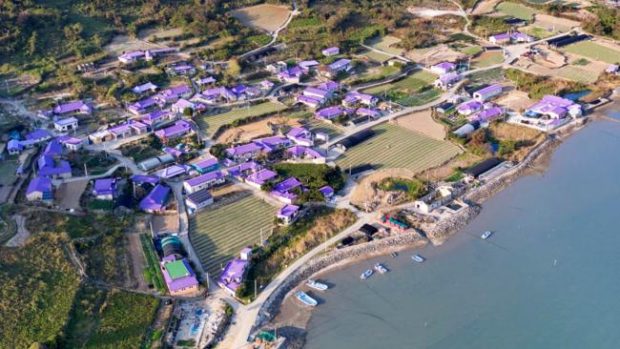
BAKJI: The French have “La vie en rose” (Life in Pink), but South Koreans have their “La vie en purple”.
Banwol and Bakji, a drive of six hours south of Seoul, have been called the have “purple islands” and the reason is very obvious: The houses, the bridge, the roads have been painted purple and some of the women working in fields are dressed in purple. Tourists use a purple (of course!) bridge to walk between the two islands.
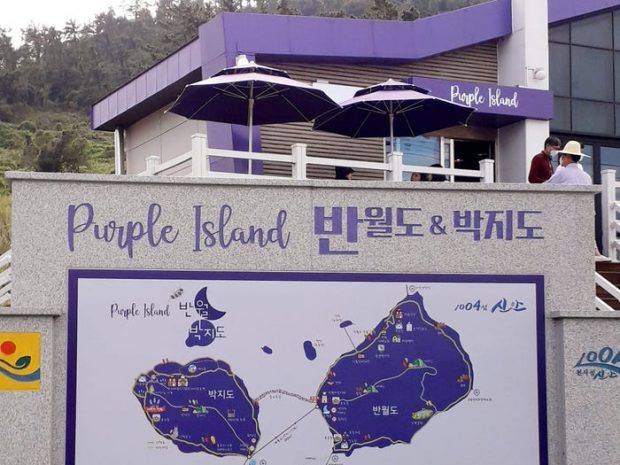
In 2015, a project was planned as part of South Jeolla Province’s branding initiative to “create attractive island destinations”. The ‘purple project’ was inspired by the region’s native purple campanulas (bellflowers).
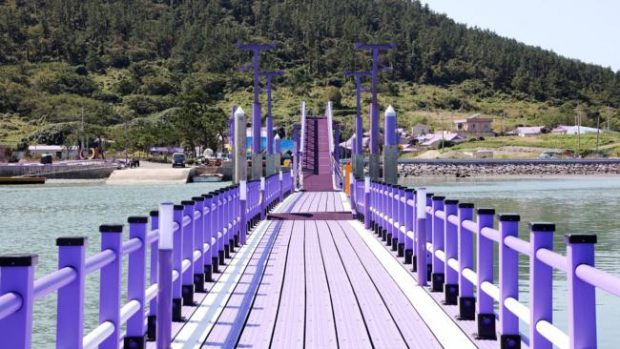
The plan to attract tourists to the islands whose combined population is about 150, most of whom are farmers is clearly working as testified by several visitors who posted images of their trips on social media. The two islands are simply crying out to be photographed and posted on Instagram and Facebook.
A CNN report said that more than 490,000 people have visited the islands since 2018 and that between June and August 2020, more than 100,000 people arrived in Banwol, a 20% increase from 2019.
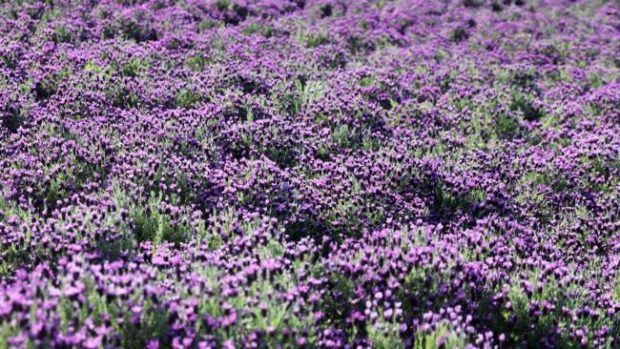
Colorful villages have often attracted tourists. Chefchaouen in Northwestern Moroccan is painted in varying shades of blue. Sidi Bou Said in Tunisia is all blue and white. Izamal in Mexico is yellow. Kampung Pelangi in Indonesia is known for its collection of 232 houses covered in rainbow colors. The colorful houses on both sides of the canal brighten up Burano of Venice. In Singapore, Little India’s temples, markets, shopfronts, and street art offer a melange of colors.
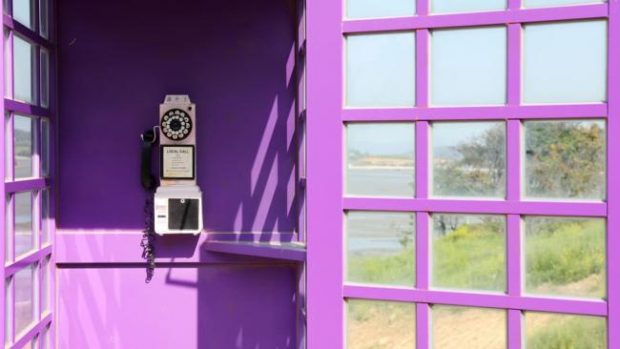
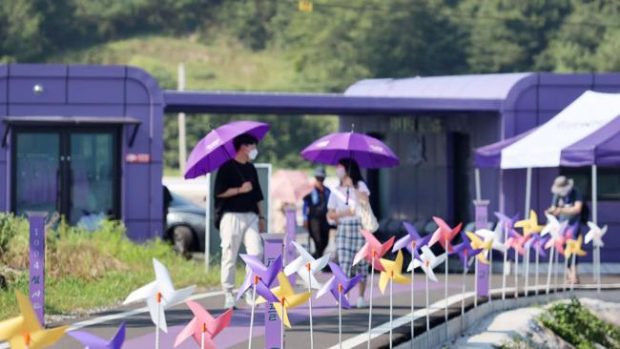
(Shinan County Office)


